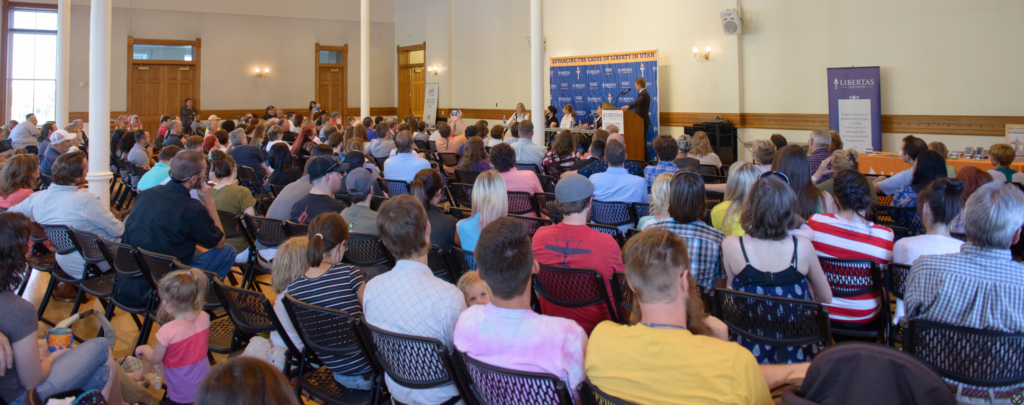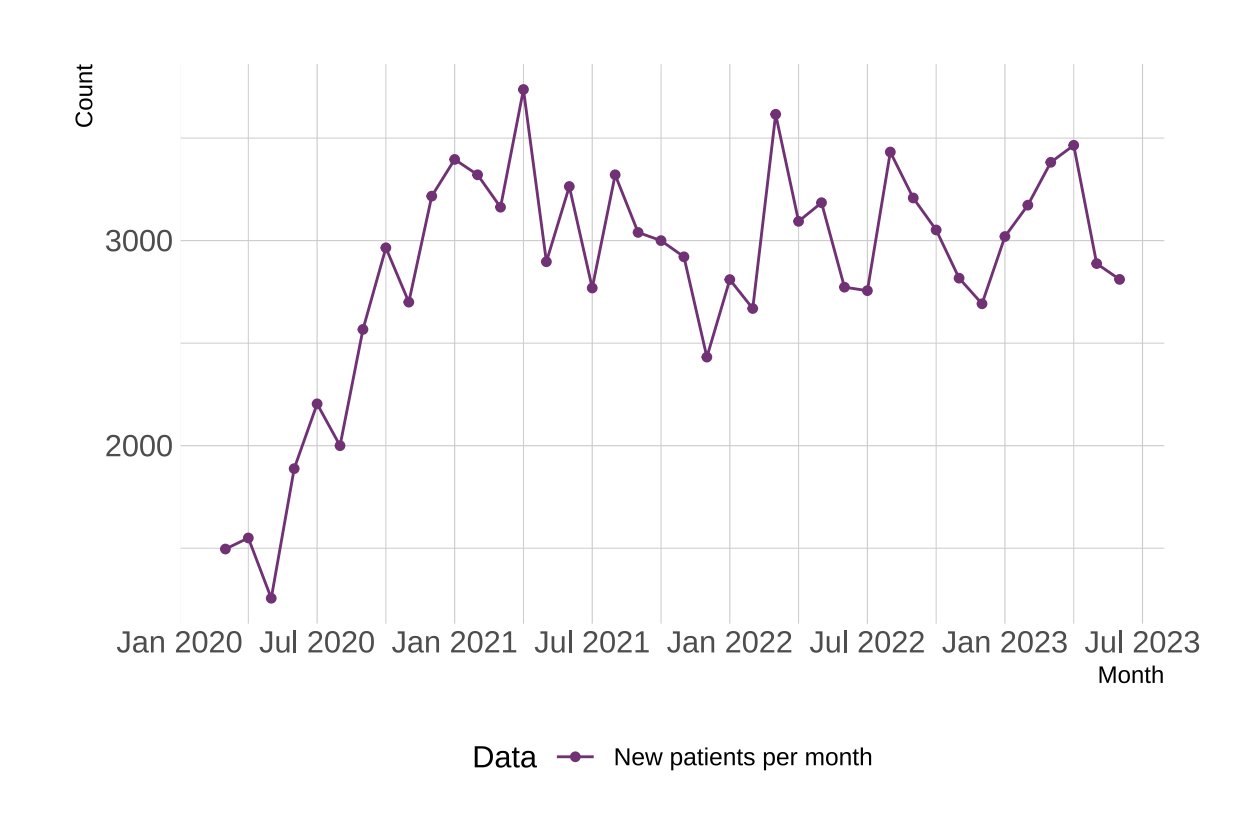A decade ago today, Libertas Institute kickstarted the effort in Utah to legalize cannabis for medicinal use. And it all began after watching CNN’s “Weed” documentary featuring Dr. Sanjay Gupta on August 11, 2013. In that video, Dr. Gupta highlighted the story of Charlotte Figi, a young girl with severe seizures for whom cannabis was her only effective treatment—something her parents discovered after trying an experimental high-CBD derivative of cannabis after doctors sent her home to die in the arms of her parents, unable to do anything more for her.
We were tremendously moved by this story, outraged at the harmful drug laws that criminalize medicinal use, and curious if there were others like Charlotte in Utah, where we are based. That led us to reach out to the Epilepsy Association of Utah who connected us with Jennifer May, whose son had a form of epilepsy that conventional medications weren’t really helping resolve.
Ten years ago today — just two weeks after the documentary aired — we published an interview with Jennifer, where she remarked:
I’m a very conservative person. I didn’t know the first thing about medical marijuana before this. I just thought it was crazy stuff, like probably most conservatives do…. Now I feel like we may have really been mistaken; this plant may actually be a very good source of medication. It’s really frustrating that so many could benefit from the proper use and form of medical cannabis, but in most places they can’t have access to it without breaking the law.
Within hours of publishing the article, we were fielding calls from every media outlet in Utah. The next day, Jennifer was doing interviews with every major outlet in the state. The headlines were engaging and controversial at the time. For example:
- Pleasant Grove mom says marijuana compound could help her son
- Mormon mom wants medical marijuana for her sick son
- Pleasant Grove mom pushes for medical marijuana in Utah
In her interview with us, Jennifer said “I think it’s an education issue, really. I think if Utahns were really educated and could see what I see, they would change their minds.” So we started doing a lot of education around the issue — events, videos, op-eds, and more. Jennifer and some friends worked with Rep. Froerer on HB105 to legalize high-CBD, low-THC cannabis for those with intractable epilepsy.
The following year, Senator Madsen told us he wanted to work on a broader medical cannabis bill. We jumped at the chance and spent hundreds of hours helping draft the policy. That became SB259 in the 2015 session which failed 14-15 in the Senate.

We did more public education, with Sen. Madsen, around the state. In 2016 he ran SB73 which passed the Senate 17-12 but failed in the House Health and Human Services committee.
From there we decided to go the ballot initiative route, seeing that the legislature was unwilling to stop treating patients as criminals. We spun off the Utah Patients Coalition which became the group overseeing the work. We raised nearly $1.5 million to pull it all off, and with a mix of volunteers and paid signature gatherers got the required amount of signatures.
Then began a broader public education campaign, since nearly every establishment organization in Utah opposed the ballot initiative — the LDS Church, law enforcement, the Chamber of Commerce, the Utah Medical Association, the PTA, and more. Our coalition was the David to their Goliath.
In the months prior to the public vote, we began meeting with the House Speaker and the LDS Church’s lobbyist, later broadening those conversations to some additional stakeholders where we hashed out a negotiated bill that the legislature passed in special session soon after the vote. Medical cannabis was now legal, nearly five years after we launched the effort.
And what have the results been?
Over 70,000 Utah patients have gotten their medicine without the government threatening them with fines and jail time. Roughly 3,000 new patients are using medical cannabis each month. And here’s the age spread:
- < 13yo: 36
- 14-17yo: 22
- 18-20yo: 70
- 21-30yo: 14,823
- 31-40yo: 19,078
- 41-50yo: 5,698
- 51-60yo: 9,528
- 61-70yo: 8,190
- 71+: 4,405
Utah’s program is not perfect. There are plenty of things we’d still like to see changed. But we are light years ahead of where we were when we began. And, most important of all, tens of thousands of Utahns have been able to get the relief they needed without their government threatening to lock them in a cage for it.
That doesn’t mean there aren’t critics. Some are still upset, years later, that we negotiated with the LDS Church — angry that they even had a seat at the table. Some advocates claim we “threw patients under the bus” by negotiating with the legislature instead of ramming Prop 2 down their throats. These politically unsavvy folks were ultimately okay with the law being repealed by the legislature in order to score some political points against them in the court of public opinion. My team and I weren’t willing to play games with patients’ lives, so we did what we felt was necessary to preserve a broad program that would get us 95% of what we wanted. And we got it.
While some people remain upset about the availability of medical cannabis, the reality was—and remains—that banning a substance does not mean that people won’t use it. Rather, it pushes the use into the black market, creating more violence and conflict.
And now we’re turning our attention to other substances that remain criminalized yet can help thousands of Utahns medicinally, such as psilocybin. The war on drugs has created too many casualties, and too many Utahns are needlessly suffering because a medicine that might help them is prohibited by law. More works remains, and we’ll keep at it.


